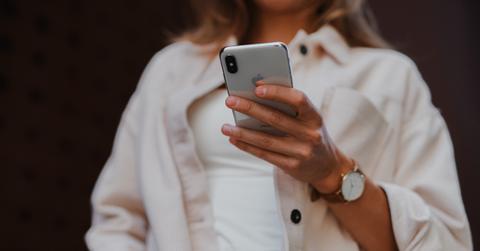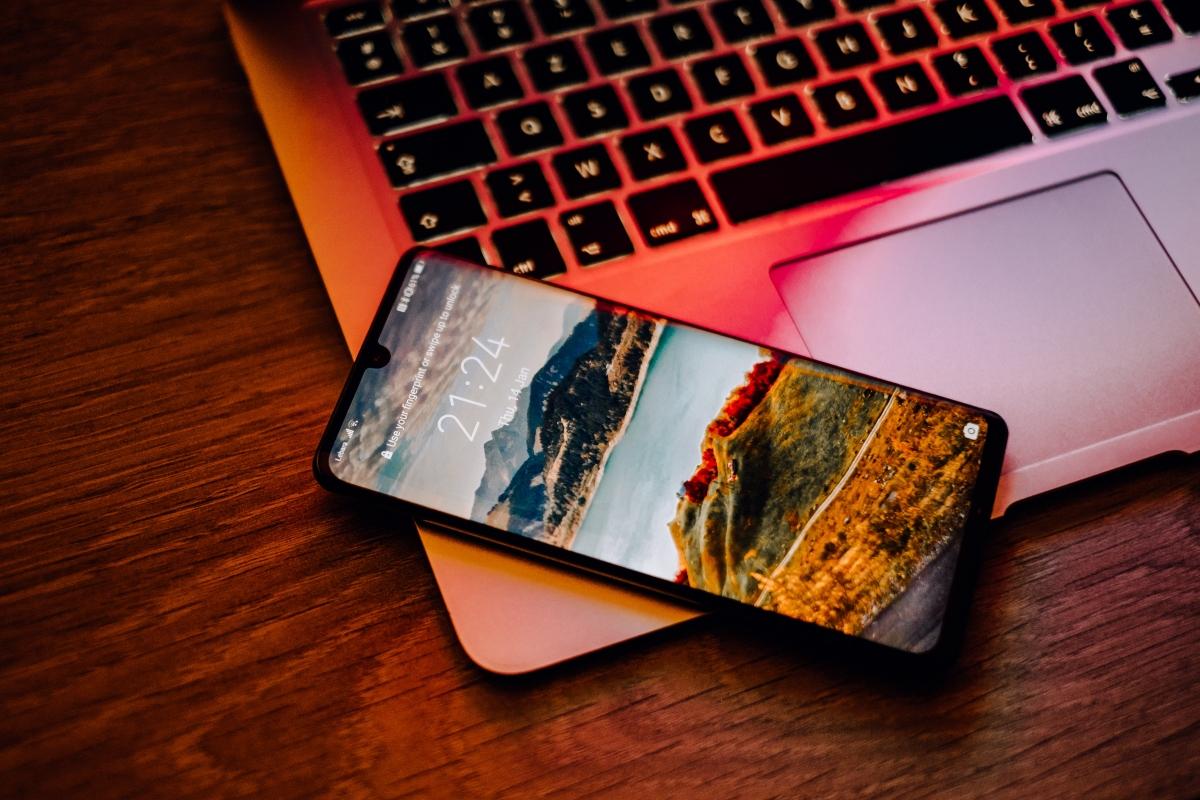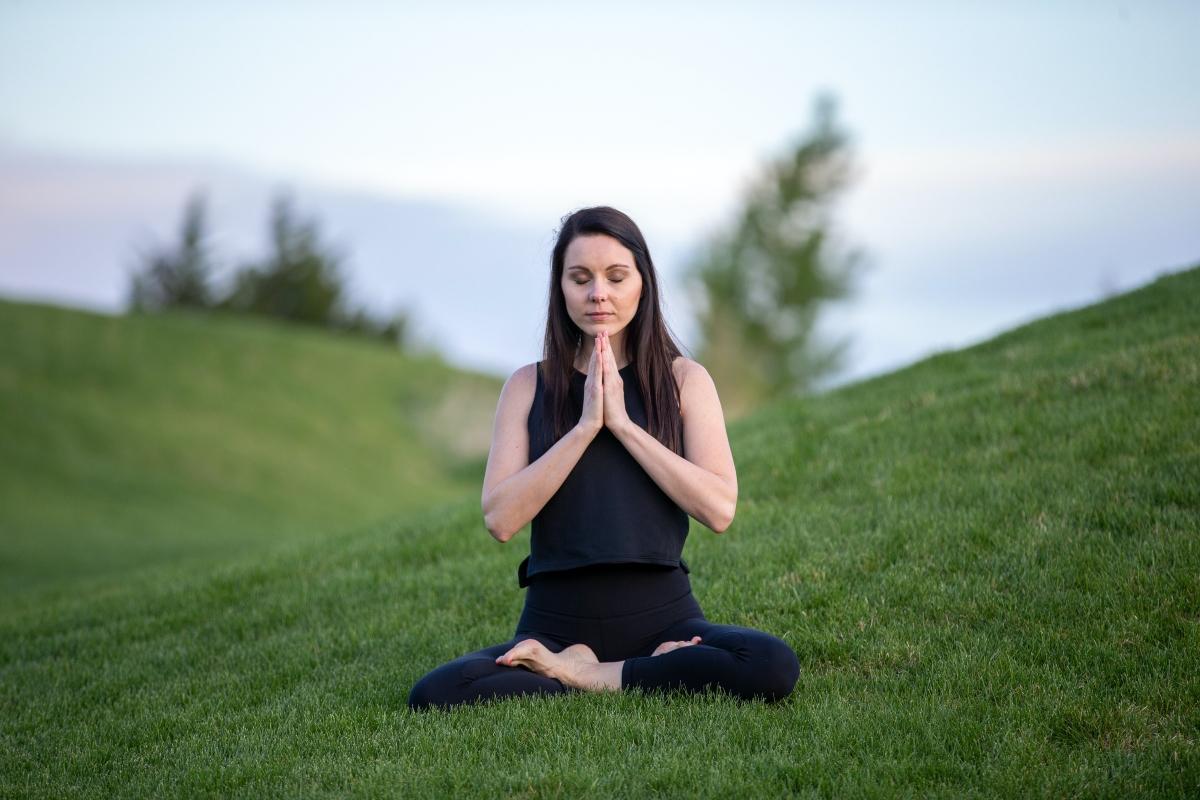A Tech-Focused Lifestyle Can Cause "Screen Apnea" — How to Combat This
Published Aug. 28 2023, 10:31 a.m. ET
It seems like we spend more and more of our lives on a laptop, smartphone, or other screen, and it can be hard to escape. Among the many consequences of so much time on electronic devices, you may need to think about screen apnea. More time on screens increases your risk of this breathing issue, but you can learn to mitigate your risks.
Several researchers have looked into the breathing disruption many of us experience whenever we're looking at a screen, called sleep apnea. That can happen when you're checking texts on your smartphone, using your desktop for work, or other stimulus-packed screen activity — keep reading to learn more about screen apnea and its symptoms.
What is screen apnea?
According to The New York Times, former Microsoft executive Linda Stone first looked into the idea of what she called "email apnea" in 2007. Her informal study showed that 80 percent of 200 participants held their breath or changed their breathing when checking email. Now, Stone dubs the phenomenon of any disruption in breathing experienced while using screens "screen apnea."
The name is easy to understand—sleep apnea is a sleep disorder in which the person frequently stops and restarts breathing while sleeping, per Mayo Clinic. Screen apnea is also a change in your breathing, but since you're awake when it happens, there are fortunately steps you can take on your own to help combat it, and awareness is key.
Stephen Porges, a professor of psychiatry at the University of North Carolina at Chapel Hill, tells The Times that screen apnea is a response to stress. When we face any stimulus, the nervous system turns on to decide how threatening the stimulus is. He also says that when a stimulus is surprising, like a sudden text message, it's more likely for your body to perceive a threat.
These are the main screen apnea symptoms you may notice.
Keep in mind that the research is somewhat limited on screen apnea, and you should consult your physician with any serious concerns.
James Nestor, author of a 2020 book on breathing, tells The Times that breathing through your mouth is a sign of shallow breath, which may signify screen apnea. Other symptoms of screen apnea may be a slowed heart rate, and a pause or slowdown of your breathing while checking email or texts.
Screen apnea is also sometimes known as tech apnea. And it's not just work-related, either.
As neuroscientist Tara Swart told Get The Gloss, “Tech apnea is when you’re looking at your phone, particularly social media and you forget to breathe.” The anticipation of likes or comments can cause us to forget to breathe fully.
Dr. Swart says that hunched shoulders and a tightness in your jaw are also symptoms of screen apnea, since they can indicate that you're tense and not breathing properly.
These are some ways to deal with screen apnea.
Try to pay attention to your breathing, aiming to notice if it changes when you're doing tasks on a screen. Being aware of your breathing can help you to consciously return to normal breathing patterns. Marathon Handbook also suggests that focusing on good posture can improve your breath, as well as taking regular screen breaks.



